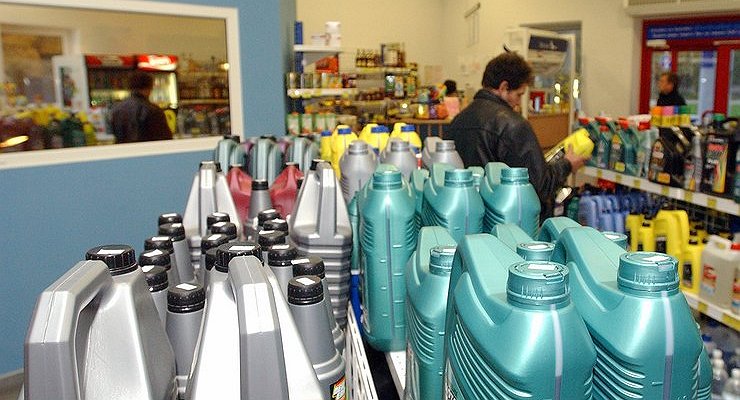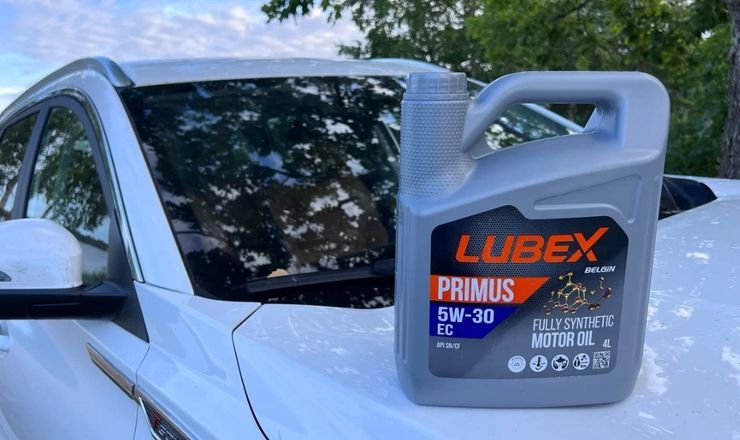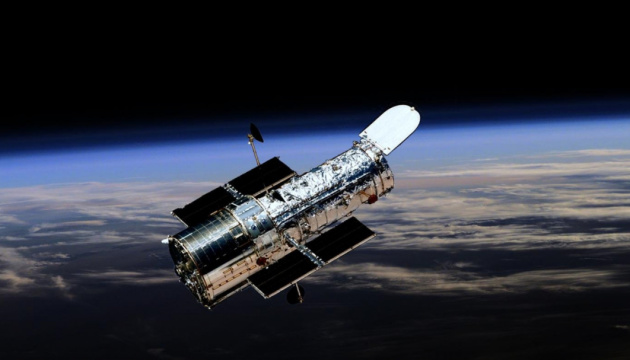This year, the motor oil market collapsed. Many international manufacturers left Russia and our companies faced problems with the supply of additives. After all, they are made outside our country. About what dealers and ordinary military personnel now fill in, the AvtoVzglyad portal tells.
The situation with oils is really ambiguous. Shell has officially announced its withdrawal from Russia, the Total plant in Kaluga has been shut down and Castrol is being detoured and imported with major interruptions.
As for large Russian manufacturers, they encountered problems with the supply of additives. Recall that they are produced by Afton, Chevron Oronite, Infineum, as well as several smaller, but exclusively Western companies. Without them, oil is just a quality base. However, all our oilers managed to arrange the delivery of these components, avoiding the worst situation. This confirms the fact that in Russia there were no massive engine failures.
So what kind of oil is used in dealers? After “surfing” the Internet and calling services, the AvtoVzglyad portal discovered that now, say, LADA dealers pour “own” grease with the LADA logo into the engines of cars, in which Rosneft or Lukoil products sit. You can recognize the manufacturer by the index on the bus. R – “Rosneft” and L – “Lukoil”. Drivers say there is no difference between them. Apparently, the car factory issues a range of permitted consumables, and the decision on what to pour into the engines is made independently by each specific dealer. Since Togliatti engines cannot be seen in the oil burner, the car passes the maintenance interval without any problems.
The situation is more complicated for foreign cars. No one is flooding the “company” anymore, because it simply does not exist. Here we explain it to car owners. If the original is not found, you should pay attention to the quality class. It should not be lower than the factory value. This information is on the bus. The letters C and S – indicate the type of engine (petrol or diesel). The second letter indicates the quality class. That is, if the factory oil has the SN marking, you do not need to fill in SM or SL.
Now to the specifics. Previously, official Kia dealers recommended the use of Total oils and Hyundai – Shell. Now Kia services use the products of the Spanish manufacturer Repsol or the Korean ZIC, and Hyundai uses Lukoil or G-Energy. Here we note ZIC and Kixx oils. These Korean manufacturers continue to work fully in Russia, so they too can be trusted.
Lukoil products are suitable for Mercedes-Benz models. In the line of “red-white” is oil with the required tolerance of 229.5. And we also note the company Fuchs. The MBComand technical center, for example, works with it. Fuchs is based in Germany and has factories in many countries around the world. There is also a company in the Kaluga region, where lubricants are produced.
As you can see, do not be afraid of Russian oil. But if there is still fear, we recommend replacing more often. It certainly won’t harm the engine.
The situation with oils is really ambiguous. Shell has officially announced its withdrawal from Russia, the Total plant in Kaluga has been shut down and Castrol is being detoured and imported with major interruptions.
As for large Russian manufacturers, they encountered problems with the supply of additives. Recall that they are produced by Afton, Chevron Oronite, Infineum, as well as several smaller, but exclusively Western companies. Without them, oil is just a quality base. However, all our oilers managed to arrange the delivery of these components, avoiding the worst situation. This confirms the fact that in Russia there were no massive engine failures.
So what kind of oil is used in dealers? After “surfing” the Internet and calling services, the AvtoVzglyad portal discovered that now, say, LADA dealers pour “own” grease with the LADA logo into the engines of cars, in which Rosneft or Lukoil products sit. You can recognize the manufacturer by the index on the bus. R – “Rosneft” and L – “Lukoil”. Drivers say there is no difference between them. Apparently, the car factory issues a range of permitted consumables, and the decision on what to pour into the engines is made independently by each specific dealer. Since Togliatti engines cannot be seen in the oil burner, the car passes the maintenance interval without any problems.
The situation is more complicated for foreign cars. No one is flooding the “company” anymore, because it simply does not exist. Here we explain it to car owners. If the original is not found, you should pay attention to the quality class. It should not be lower than the factory value. This information is on the bus. The letters C and S – indicate the type of engine (petrol or diesel). The second letter indicates the quality class. That is, if the factory oil has the SN marking, you do not need to fill in SM or SL.
Now to the specifics. Previously, official Kia dealers recommended the use of Total oils and Hyundai – Shell. Now Kia services use the products of the Spanish manufacturer Repsol or the Korean ZIC, and Hyundai uses Lukoil or G-Energy. Here we note ZIC and Kixx oils. These Korean manufacturers continue to work fully in Russia, so they too can be trusted.
Lukoil products are suitable for Mercedes-Benz models. In the line of “red-white” is oil with the required tolerance of 229.5. And we also note the company Fuchs. The MBComand technical center, for example, works with it. Fuchs is based in Germany and has factories in many countries around the world. There is also a company in the Kaluga region, where lubricants are produced.
As you can see, do not be afraid of Russian oil. But if there is still fear, we recommend replacing more often. It certainly won’t harm the engine.
Source: Avto Vzglyad
I’m Sandra Torres, a passionate journalist and content creator. My specialty lies in covering the latest gadgets, trends and tech news for Div Bracket. With over 5 years of experience as a professional writer, I have built up an impressive portfolio of published works that showcase my expertise in this field.














